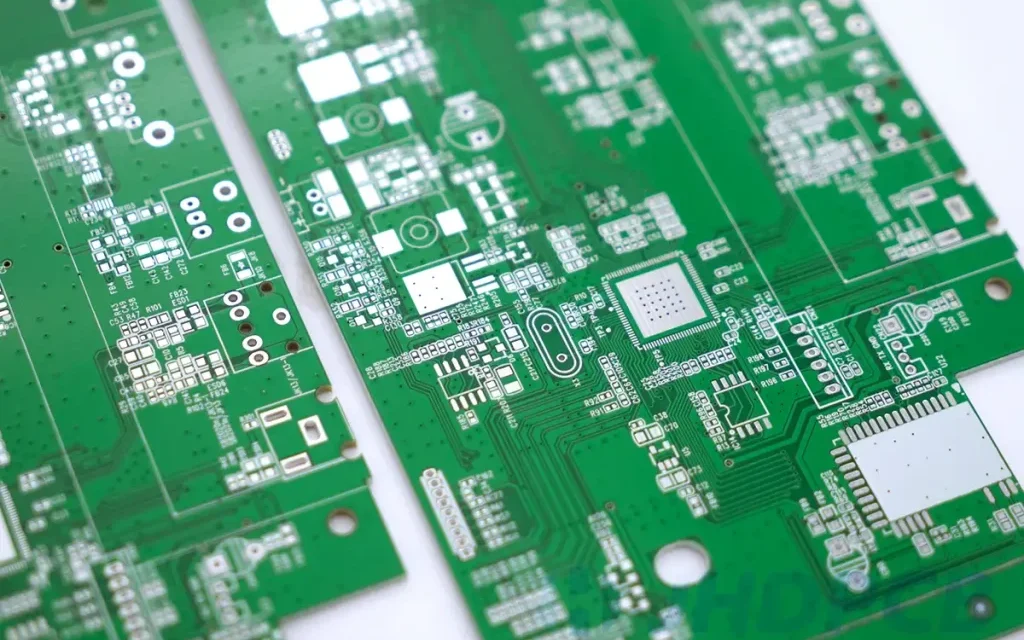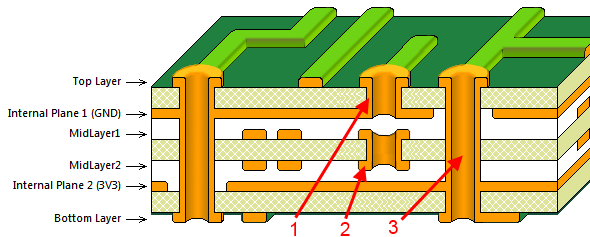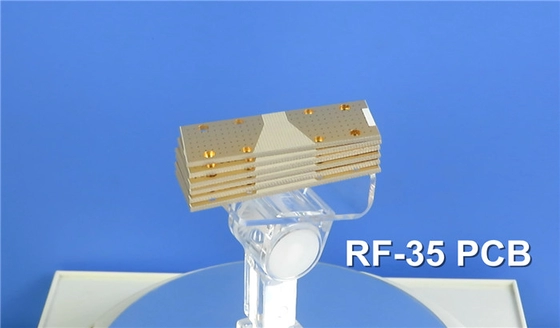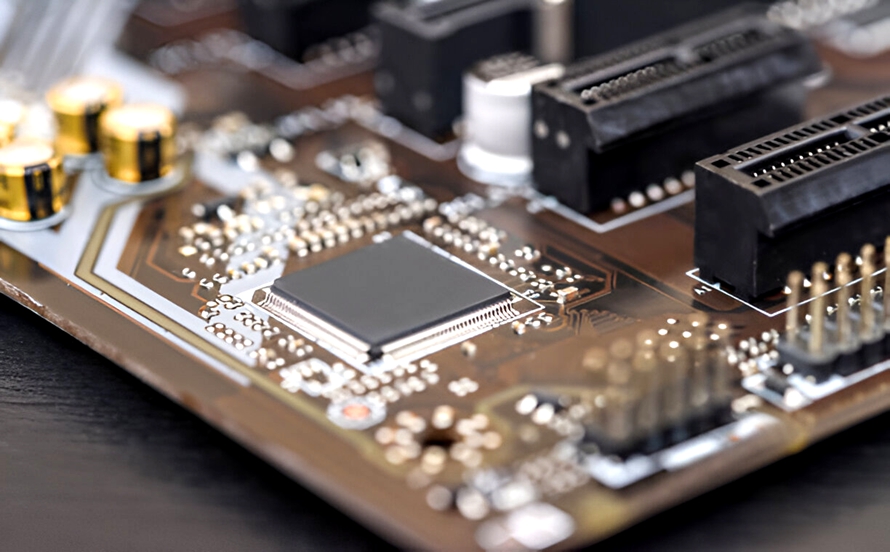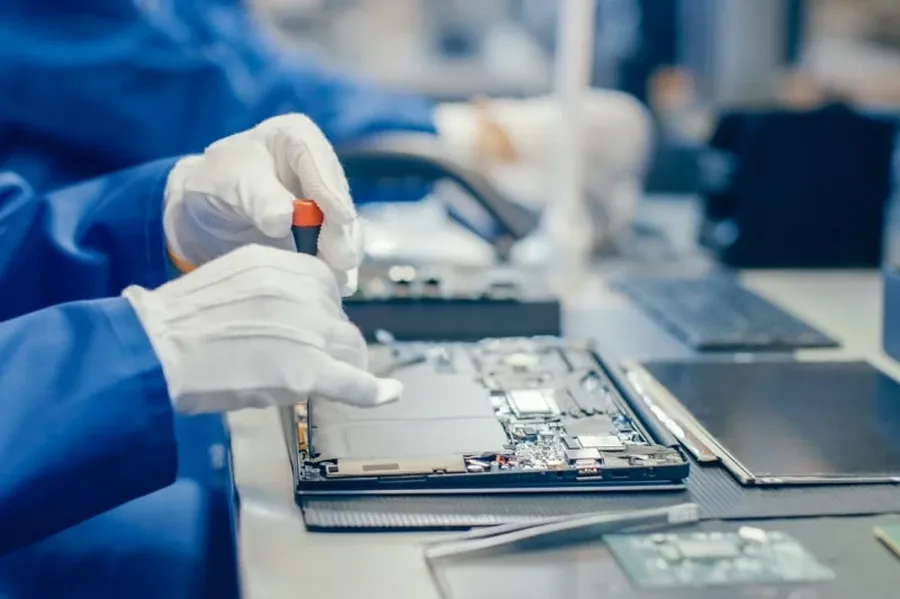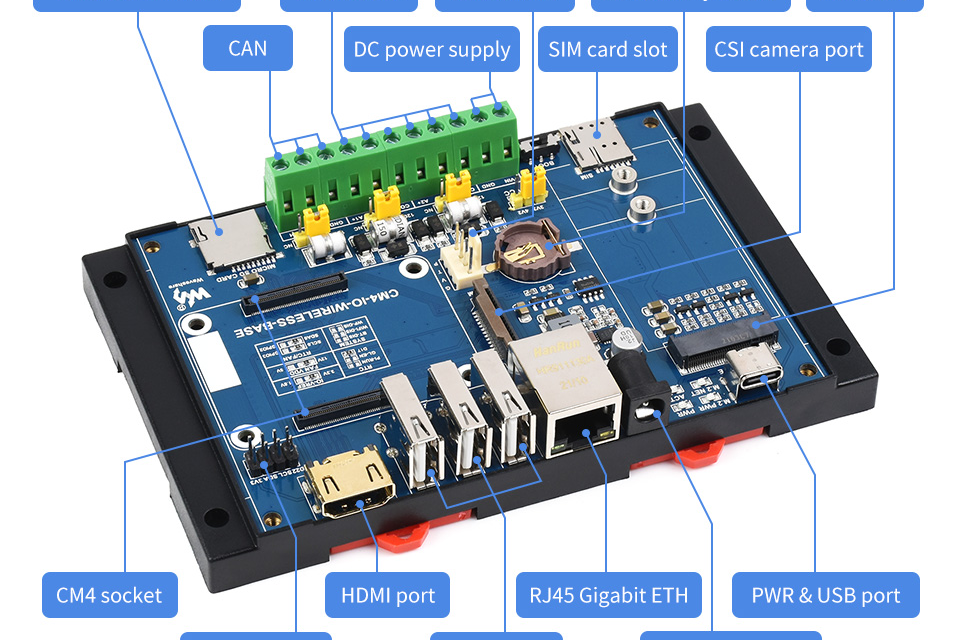What Is a PCV Valve? The acronym PCV stands for Positive Crankcase Ventilation. The PCV valve is a one-way valve that forms part of your vehicle’s PCV system — an integral component in the management of gases produced during engine operation. In simple terms, the PCV valve is responsible for ventilating the crankcase, a part...
Blog
Explore the KKPCB Blog for the latest PCB manufacturing and assembly news, industry insights, expert tips, and technology trends, helping you stay informed and optimize your electronics projects.
In many circuits, the system crystal oscillator operates at a high clock frequency, which produces strong harmonic interference. These harmonics not only propagate through the input and output lines but also radiate through space. Therefore, if the PCB layout of the crystal oscillator is not designed properly, strong spurious radiation problems can easily occur. Once...
Why EMC Matters in PCB Design Electromagnetic Compatibility (EMC) is a key requirement in modern PCB design, ensuring that electronic systems operate reliably without generating or being affected by electromagnetic interference (EMI). Proper PCB layout—especially GND routing, trace spacing, and layer design—plays a decisive role in reducing ESD (Electrostatic Discharge) and improving overall signal integrity....
Why PCB Pad Soldering Process Matters In PCB manufacturing, the pad surface finish or soldering process directly affects component solderability, electrical performance, and long-term reliability.Different processes offer varying degrees of oxidation resistance, flatness, and cost efficiency, making proper selection essential for every PCB design project. This article categorizes and compares the most common PCB pad...
The Importance of Via Placement in PCB Design In PCB design, via positioning plays a crucial role in ensuring electrical performance, manufacturing reliability, and signal integrity. Improper via placement—especially placing vias directly on component pads—can lead to soldering defects, electrical noise, and higher production costs. This article explains why vias should be staggered from pad...
Introduction As electronic systems continue to evolve toward higher frequencies and faster data rates, the need for advanced laminate materials becomes increasingly critical. Among the top performers in RF and microwave PCB substrates, Taconic RF-35 has gained industry-wide recognition for its outstanding signal integrity, thermal stability, and material uniformity.With a dielectric constant (Dk) of 3.5,...
Introduction With the rapid advancement of modern technology, high-frequency electronic systems such as RF, microwave, and radar equipment are increasingly prevalent. At the core of these systems lies the Printed Circuit Board (PCB) — the foundation upon which signal integrity and overall device performance depend. Among the materials used for PCB fabrication, Teflon (PTFE) stands...
Engineering Biomedical PCBs for the Future of Healthcare In modern healthcare, technology isn’t just an assistant—it’s an extension of human capability. Every medical innovation, from life-sustaining implants to AI-powered diagnostic equipment, relies on one silent enabler: the Printed Circuit Board (PCB). At KKPCB, we design and manufacture biomedical PCBs that meet the uncompromising demands...
Engineering Context — RF-35 PCB for Next-Generation Industrial mmWave Networks Industrial IoT communication is rapidly shifting toward 28 GHz to 60 GHz mmWave domains, demanding high-power amplifier (HPA) modules that deliver low-loss signal routing, stable gain, and robust thermal reliability.At these frequencies, the choice of PCB substrate directly determines the performance envelope of the...
Engineering Context — Why RF-35 PCB Is Key to Automotive Radar Precision As modern automotive radar systems evolve toward 76–81 GHz mmWave operation, PCB materials must ensure phase stability, low insertion loss, and precise impedance control across multiple layers.The RF-35 PCB, a Taconic PTFE glass-reinforced laminate, combines Df = 0.0018 @ 10 GHz and...




